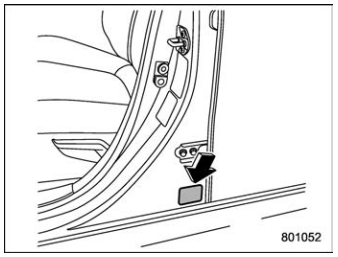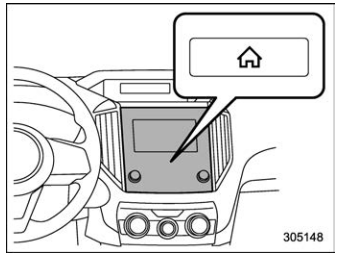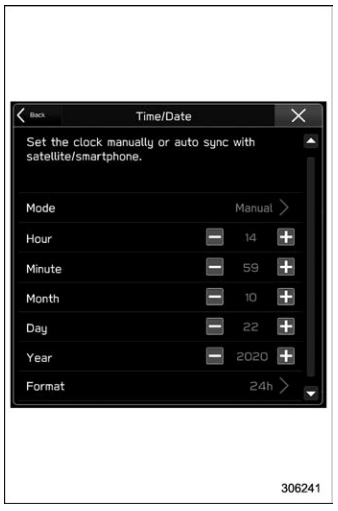Subaru Forester: Loading your vehicle / GVWR and GAWR (Gross Vehicle Weight Rating and Gross Axle Weight Rating)

Certification label
The certification label attached to the bottom of driver’s side door pillar shows GVWR (Gross Vehicle Weight Rating) and GAWR (Gross Axle Weight Rating).
The GVW (Gross Vehicle Weight) must never exceed the GVWR. GVW is the combined total of weight of the vehicle, fuel, driver, all passengers, luggage, any optional equipment and trailer tongue load. Therefore, the GVW changes depending on the situation. The GVWR equals Curb Weight (actual weight of your vehicle – including standard equipment, fluids, emergency tools and spare tire assembly) plus the vehicle capacity weight.
In addition, the total weight applied to each axle (GAW) must never exceed the GAWR. The front and rear GAWs can be adjusted by relocating luggage inside the vehicle.
Even if the total weight of your luggage is lower than the vehicle capacity weight, either front or rear GAW may exceed the GAWR, depending on the distribution of the luggage.
When possible, the load should be evenly distributed throughout the vehicle.
If you carry heavy loads in the vehicle, you should confirm that GVW and front and rear GAWs are within the GVWR and GAWR by putting your vehicle on a vehicle scale, found at a commercial weighing station.
Do not use replacement tires with a lower load range than the originals because they may lower the GVWR and GAWR limitations. Replacement tires with a higher load range than the originals do not increase the GVWR and GAWR limitations.
 Vehicle capacity weight
Vehicle capacity weight
Vehicle placard
The load capacity of your vehicle is
determined b..
 Roof rails (if equipped)
Roof rails (if equipped)
Roof rails
Cargo can be carried on the roof after
securing the crossbars to the roof rails and
installing an appropriate carrying attachment.
When installing crossbars and a
carrying attachment, follow the manufacturer’s
instructions...
Other information:
Subaru Forester 2019-2025 Owners Manual: Trailer hitch (dealer option)
WARNING Never exceed the maximum weight specified for the trailer hitch. Exceeding the maximum weight could cause an accident resulting in serious personal injuries. Permissible trailer weight changes depending on the situation. For possible recommendations and limitations, refer to “Trailer towing”...
Subaru Forester 2019-2025 Owners Manual: Disabling keyless access function
WARNING If you wear an implanted pacemaker or an implanted defibrillator, perform the procedure described in “By operating the driver’s door” to disable the keyless access function. If you perform the procedure described in “By operating the access key fob”, the operation of an implanted pacemaker or implanted defibrillator may be affected by the radio waves from the transmitter antenna...
Categories
- Manuals Home
- Subaru Forester Owners Manual
- Subaru Forester Service Manual
- RAB warning light (if equipped)
- Vehicle load limit – how to determine
- Steering Responsive Headlight (SRH)
- New on site
- Most important about car
Type B multi-function display (color LCD)
Turn the ignition switch to “ON”.

 button.
Select “Settings”.
Select “Vehicle”.
Select “Time/Date” and then select “Manual”.
button.
Select “Settings”.
Select “Vehicle”.
Select “Time/Date” and then select “Manual”.

 to complete the
clock
setting.
to complete the
clock
setting.
